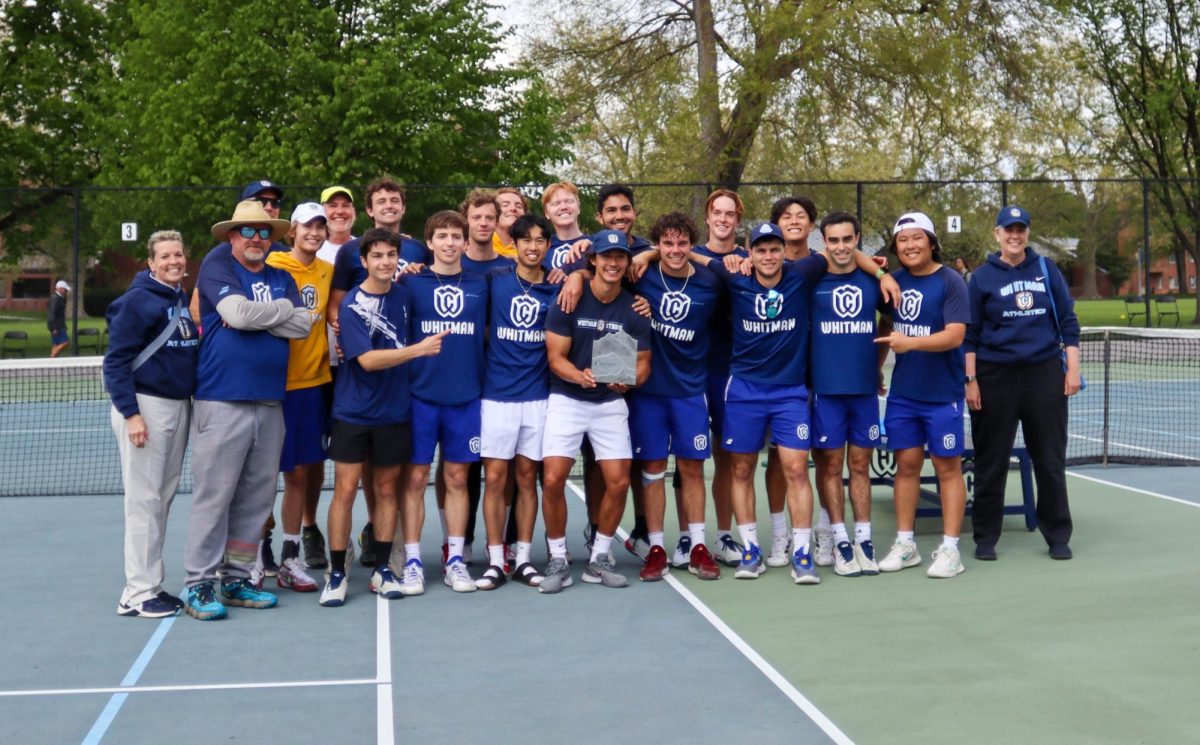Ever wonder where all the money goes in college athletics? The high-profile collegiate football games and their packed stadiums that are showcased on ESPN give the impression that the NCAA is raking in the cash. While the Division III level may not be bringing in a lot of money, a few Division I teams are. Last year, the University of Texas made a whopping 93.7 million dollars off of its football team. UT is probably the most recognizable and beloved college sports team in the country, and they profit because of it. But even with their great success, their players aren’t getting a dime of that money.
In the most recent Pioneer survey, varsity athletes at Whitman were asked what they think about scholarships and additional cash payments for athletes to play sports at both the Division I and Division III level. The results provide a peek into what Whitman athletes think about money and college athletics.
The overwhelming majority of Whitman athletes think that Division I college athletes were well deserving of scholarships, and a strong 60 percent of Whitman athletes thought that Division III athletes deserved athletic scholarships. While Division III schools are not currently allowed to give athletic scholarships, Division I incorporate athletic scholarships not only because they need to in order to compete, but the NCAA requires them to do so.
For football, the NCAA requires Division I-A teams to have exactly 85 players on athletic scholarships. Most roster sizes include roughly 120 players, which means that a few Division I-A college football players are not on athletic scholarships. In order to attract a full roster, coaches figure out which players they think can still get into school by way of academic scholarships or other need-based aid, and which players they have no choice but to offer an athletic scholarship. When it’s all said and done, most Division I football players are getting their education paid for.
Whitman athletes were also asked whether or not they think Division I and Division III athletes deserve to be “paid to play”––to earn money on top of scholarships. Only about 25 percent of Whitman athletes think that Division I athletes deserve additional payment for their athletic services, and a mere 13 percent think so for Division III athletes.
While a small portion of Whitman athletes showed that they think Division I athletes should receive a salary, the majority asserted that a scholarship should be the most an athlete receives in college. In a recent NCAA report, a scant 12 percent of Division I-A programs reported making money this past year. The schools making money are only the powerhouses like Florida, Ohio State and Texas. The rest of the teams end the year in the red, and are consistently losing money, despite projecting an image of affluence in athletics. Football and basketball are the only two sports that have reported making any profits in Division I.
While it may appear on television that collegiate athletics is a huge money maker for schools around the country, the majority of sports that don’t get as much media exposure are struggling to make a profit.


